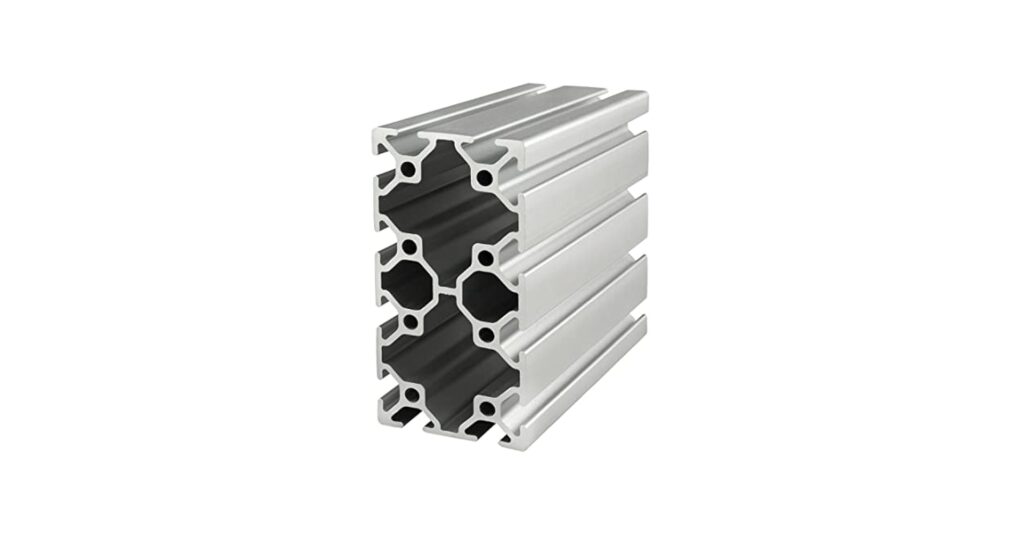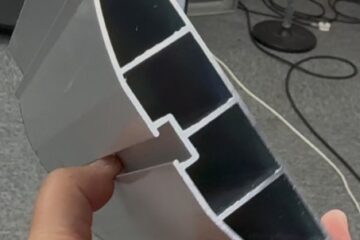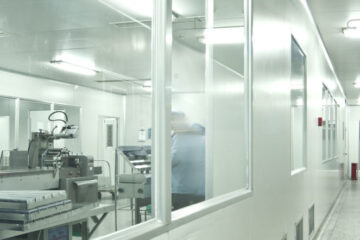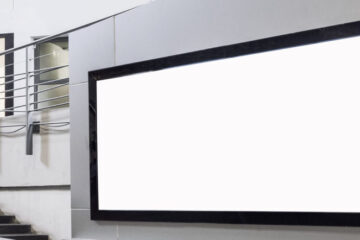The signage industry is witnessing a materials revolution with our Foshan-manufactured nano-aluminum composites, which incorporate cutting-edge particle technology originally developed for aerospace applications. These advanced profiles represent a fundamental leap forward in structural performance and longevity.
At the core of this innovation is our proprietary nano-ceramic dispersion process, where microscopic ceramic particles are uniformly distributed throughout the aluminum matrix. This molecular-level enhancement boosts tensile strength by 60% compared to conventional alloys while actually improving malleability for more complex extrusion shapes. The nanocomposite structure creates natural barriers against crack propagation, significantly improving fatigue resistance – a critical factor for signage subjected to constant vibration or wind loads.
Surface technology reaches new heights with our plasma-electrolytic oxidation treatment. This electrochemical process grows a ceramic-like layer directly from the base metal, creating a surface hardness rivaling sapphire while maintaining perfect adhesion. The result is a finish that withstands abrasion from cleaning tools, graffiti removal, and even sandstorms in desert climates.

Thermal performance is redefined through integrated phase-change materials. Microencapsulated thermal buffers within the profile walls actively absorb and release heat, maintaining optimal LED operating temperatures through both daily cycles and seasonal changes. This smart thermal regulation extends luminaire life while reducing cooling energy requirements by up to 35%.
For architects, these profiles open new design possibilities. The enhanced strength allows for slimmer profiles with greater spans, enabling minimalist aesthetics without sacrificing durability. The material readily accepts high-precision machining for custom joints and architectural integrations, with tolerances within 0.05mm for flawless fitment.
As smart cities evolve, our nano-aluminum profiles are future-proofed for technological integration. The material’s enhanced electromagnetic properties facilitate better wireless signal transmission for IoT devices, while dedicated internal channels accommodate next-generation fiber optic and power delivery systems.
From airport wayfinding to high-rise building identification, these aerospace-inspired aluminum solutions are redefining what’s possible in architectural signage – combining unprecedented durability with sleek, modern aesthetics that stand the test of time and technology.


